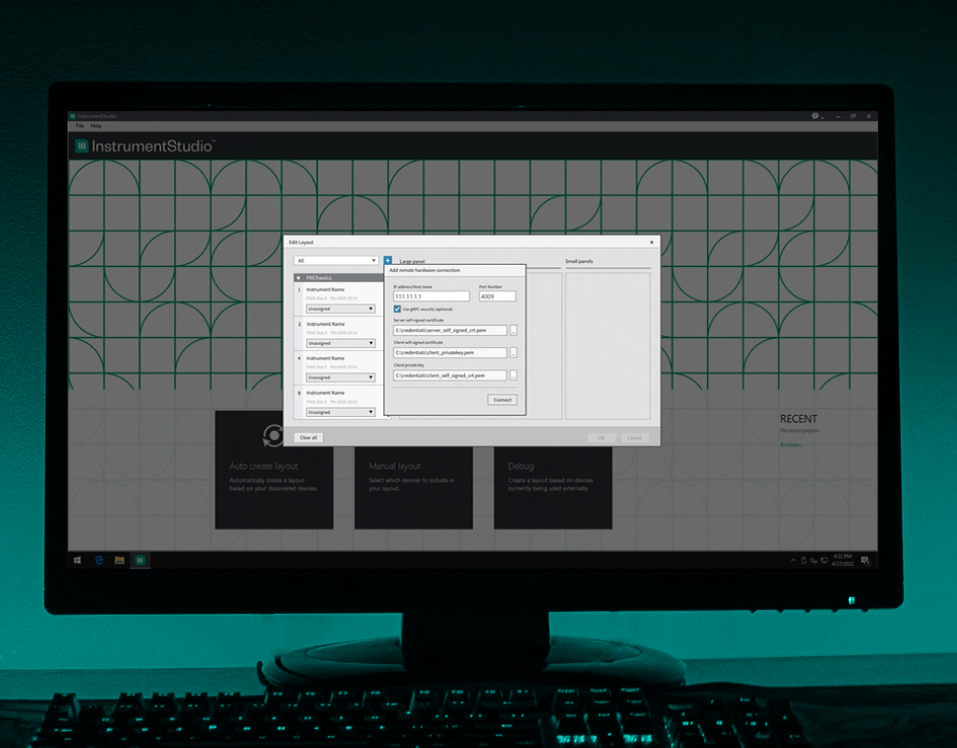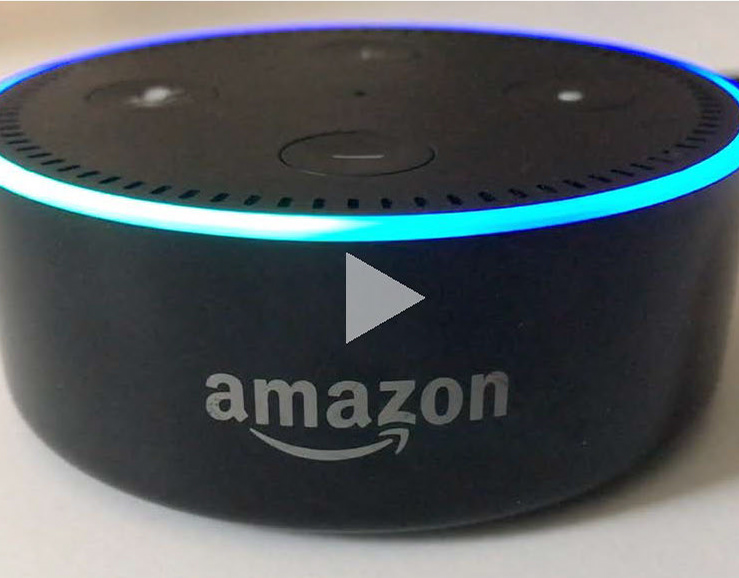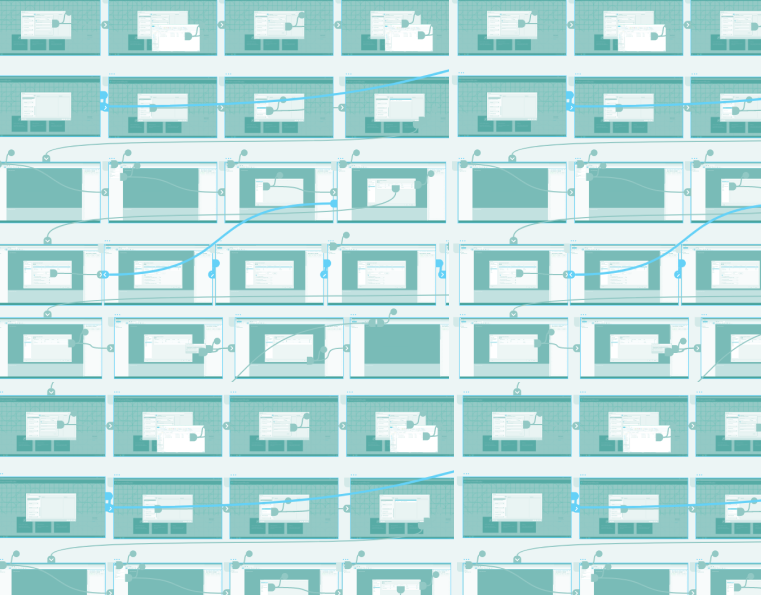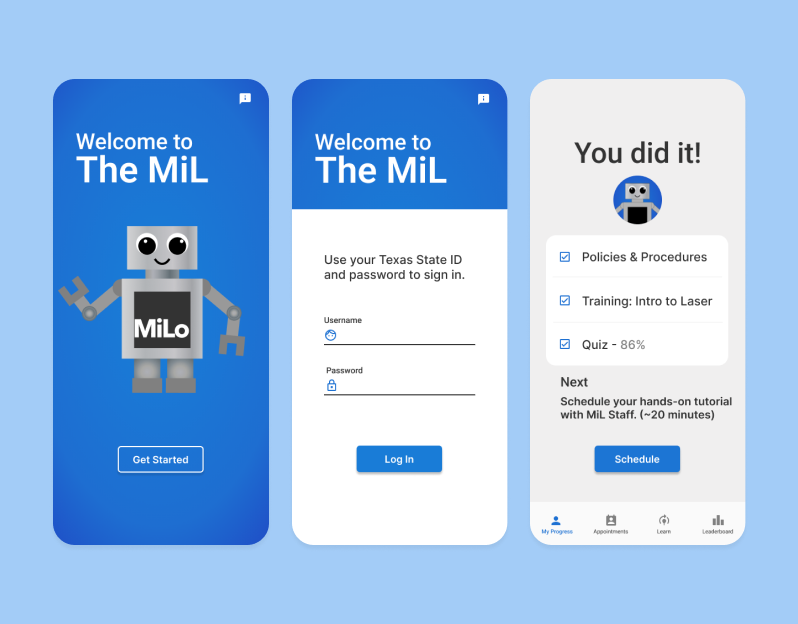VR as a training tool for first responders.
The Problem:
The current method for Mass Casualty Incident (MCI) training is expensive, requires substantial resources and planning, and occurs on a limited frequency.
The Product:
A virtual reality training platform for first responders to learn, and practice, the lifesaving process of triage.
Product Demo:
My Role:
Created functional requirement documents outlining user interface, interactions, user workflows, storyboards, and instructional design assets.
Co-facilitated a design sprint, interviewed users and subject matter experts, and created prototypes.
The Client
Augmented Training Systems (ATS) is an Austin-based startup which develops AR/VR training platforms for local, state, and federal agencies.
ATS is working directly with the Austin-Travis Emergency Management System to develop a virtual reality training platform for mass casualty incidents.
Design Process
Product Platform
The MCI VR training will be used with an Occulus Quest device, which allows for users to move within a user-defined play area. The device comes with two handheld touch controllers with haptic feedback, built-in speakers, and a wireless headset.
MCI Training
Being prepared for an MCI is crucial to a successful patient outcome. Departments around the country hold mock drills to train and prepare emergency responders.
MCI scenarios could include auto accidents, plane or train crashes, bombings, mass shootings, or chemical leaks/explosions.
In recent decades, MCIs have been occurring more frequently no matter the community or which part of the world. First responders use a triage system, which is designed to quickly and minimally treat and evaluate victims in order to save the maximum number of lives.
Triage Protocol
Austin-Travis EMS uses the START triage protocol, which is the most popular triage method and developed in the early 1980s. START is an acronym for Simple Triage and Rapid Treatment. The word triage is derived from the French word "trier," meaning to sort. The goal of START triage is to quickly categorize each victim and sort them into the following groups:
Green or Walking Wounded
Yellow or Delayed
Red or Immediate
Black or Expectant (Deceased)
Training Objective
Allow pre-hospital personnel to practice how to triage a 30+ person incident scene, treating every patient within 60 seconds or less with 90%< success rate while identifying and treating life threatening conditions with the limited three treatments (airway, tourniquet, and gauze).
USER WORKFLOWS








